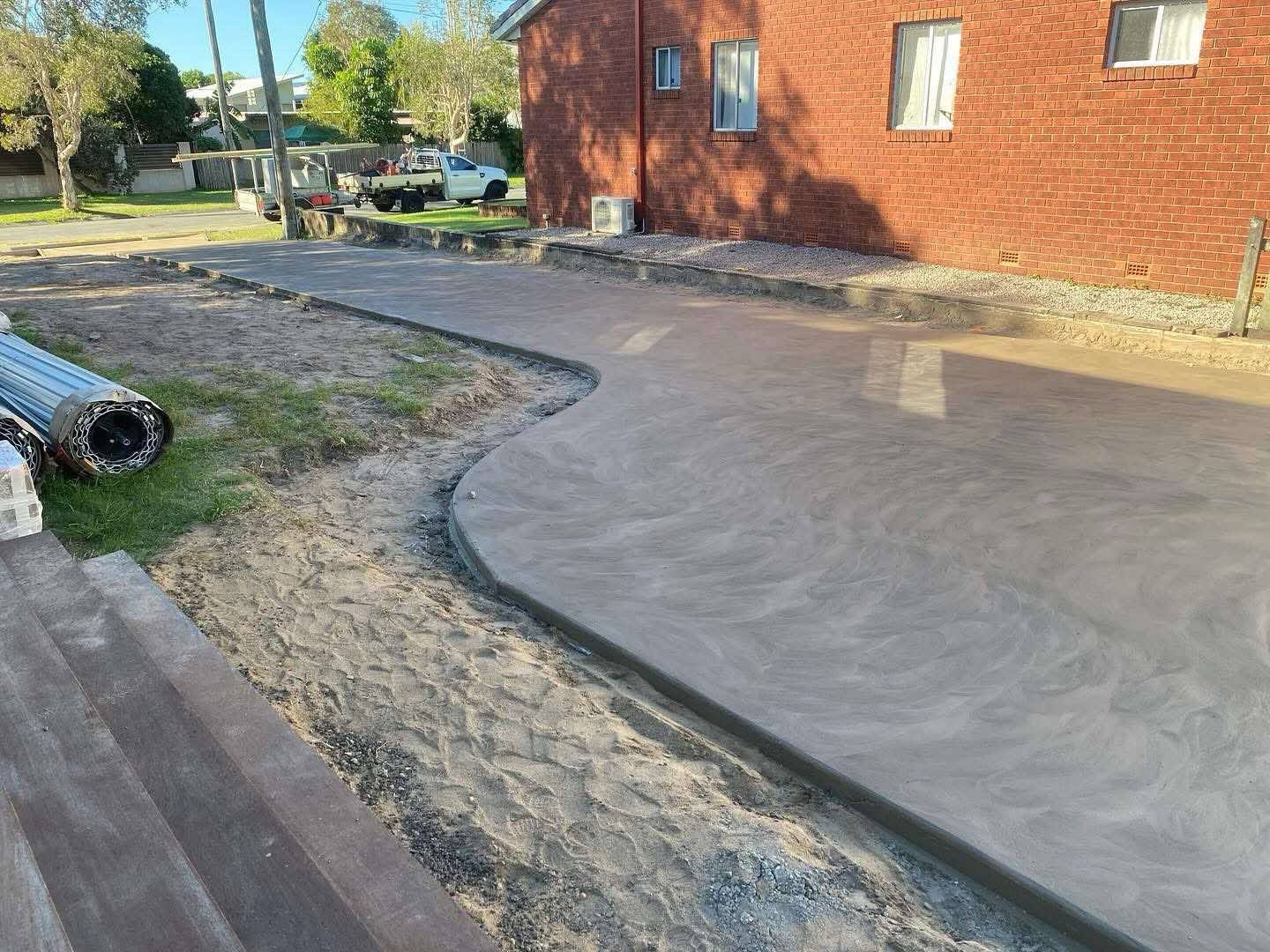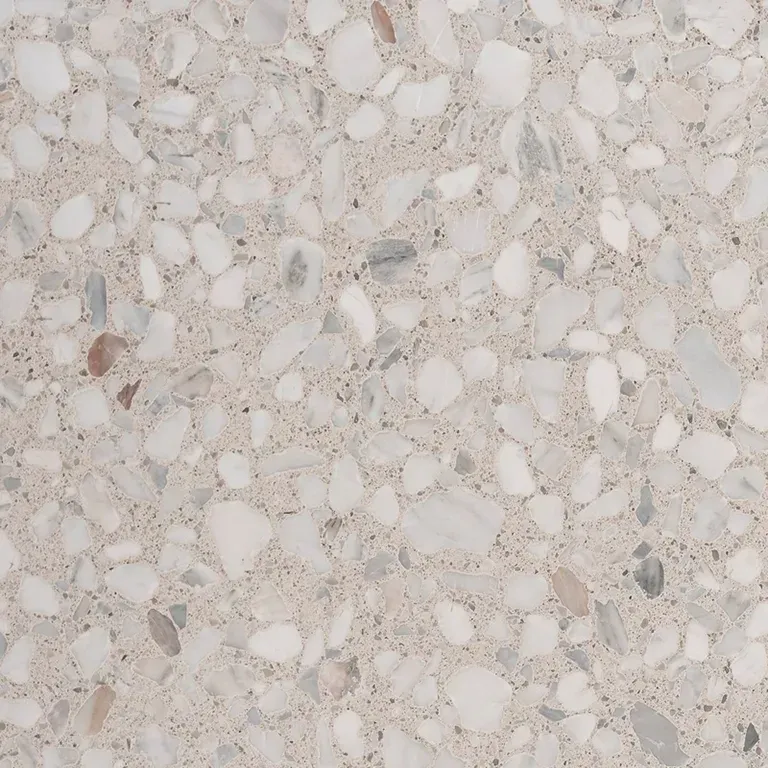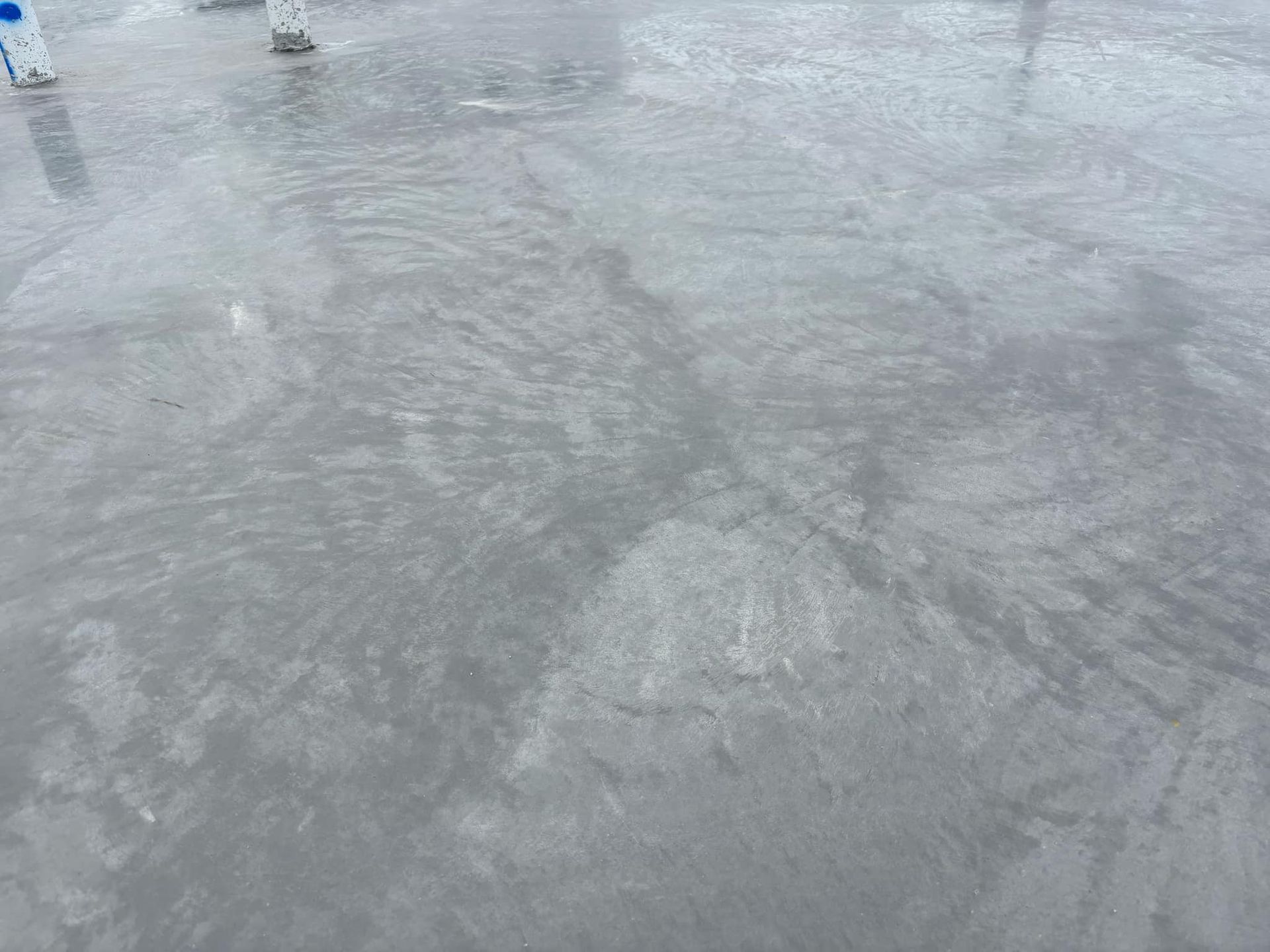How to Clean Concrete: The Ultimate Guide
Concrete is a versatile material commonly used in driveways, patios, garages and pool surrounds. However over time, concrete surfaces accumulate dirt, grime, stains and even mould or mildew.
Learning how to clean concrete properly is essential not only for aesthetics but also to prolong the lifespan of the surface. In this comprehensive guide, we’ll explore the best methods, tools and cleaning solutions to restore your concrete to its original condition.
Why Cleaning Concrete Matters
Regularly cleaning your concrete surfaces prevents long-term damage, enhances curb appeal and ensures a safe, non-slippery environment. Mould, oil spills and algae can degrade the surface, leading to costly repairs. Clean concrete also contributes to a healthier environment by reducing allergens and pollutants.
Tools & Materials Needed to clean concrete
Before you begin, gather the following items:
- Broom or leaf blower
- Garden hose or pressure washer
- Stiff-bristle brush or scrub brush with a handle
- Protective gloves and safety eyewear
- Concrete cleaner or degreaser
- Baking soda or cat litter (for oil stains)
- Oxygen bleach or vinegar (for eco-friendly cleaning)
- Mop and bucket (for indoor use)
- Paint stripper (for paint removal)
- Sealant (for finishing and protection)
Using the right tools makes the job more efficient and ensures that stains and buildup are removed without damaging the concrete surface.
How to Clean Outdoor Concrete Surfaces
Outdoor concrete surfaces like driveways, sidewalks and patios are exposed to the elements and tend to gather organic matter like moss, algae, leaves and dirt. Cleaning these areas at least twice a year can make a noticeable difference.
Step 1: Remove Debris
Use a broom or leaf blower to clear away loose debris such as leaves, twigs, and dust. This is important to prevent these particles from interfering with the cleaning process.
Step 2: Wet the Surface
Lightly wet the surface with a hose. This step helps loosen dirt and prepares the area for the cleaning solution.
Step 3: Apply Cleaning Solution
For general cleaning, mix a commercial concrete cleaner with water according to the product instructions. For a more natural solution, combine equal parts of white vinegar and water in a spray bottle. Apply the solution liberally over the surface and allow it to sit for 10-15 minutes.
Step 4: Scrub the Surface
Use a stiff-bristle brush to scrub the concrete, paying special attention to heavily stained areas. For large areas, a long-handled brush can save your back.
Step 5: Rinse Thoroughly
Rinse the concrete with a garden hose or pressure washer. A pressure washer is particularly effective for removing deep-seated grime and mildew. Start with a low-pressure setting and gradually increase as needed.
Optional: Apply a Sealant
Once the concrete is clean and dry, consider applying a concrete sealant to protect against future stains, water penetration and wear.
How to Clean Concrete Garage Floors
Garage floors often suffer from oil, grease, road salt and chemical spills. Regular cleaning not only improves appearance but also helps prevent slippery surfaces and long-term damage.
Step 1: Absorb Fresh Spills
If there are recent oil or grease spills, sprinkle cat litter or baking soda over the area. Let it sit for 30-60 minutes to absorb the liquid, then sweep it up with a broom.
Step 2: Apply a Degreaser
Use a high-quality concrete degreaser on stubborn stains. Apply the degreaser directly to the stains and let it sit according to the manufacturer's directions.
Step 3: Scrub and Rinse
Scrub the stained areas using a stiff-bristle brush. Rinse thoroughly with a garden hose or pressure washer.
Step 4: Repeat if Necessary
For persistent stains, you may need to repeat the degreasing process or try a more intensive commercial cleaner designed for automotive stains.
How to Clean Indoor Concrete Floors
Indoor concrete floors are becoming more popular in modern homes and commercial settings. They are usually sealed and sometimes stained or polished for aesthetic appeal.
Step 1: Sweep or Vacuum
Begin by sweeping or vacuuming to remove dust, dirt, and loose debris. This step prevents grit from scratching the surface during mopping.
Step 2: Mop with Mild Detergent
Mix a pH-neutral cleaner with warm water. Avoid harsh chemicals, as they can damage sealants and finishes. Mop the floor using a microfiber or sponge mop.
Step 3: Dry the Floor
Allow the floor to air dry or use a dry mop. Do not leave standing water, as it may penetrate unsealed areas and cause damage over time.
Step 4: Polish or Reseal (Optional)
Depending on foot traffic and finish, consider polishing or resealing the floor once a year to maintain its appearance and durability.
How to Remove Specific Concrete Stains
Concrete stains vary widely in source and severity. Tailor your cleaning approach based on the type of stain.
Oil Stains
- Apply cat litter or baking soda to absorb fresh spills.
- Use a concrete degreaser or dish soap mixed with warm water.
- Scrub vigorously and rinse thoroughly.
Rust Stains
- Use a commercial rust remover containing oxalic acid.
- Alternatively, apply a paste of lemon juice and baking soda.
- Let it sit for 10 minutes, scrub, and rinse.
Mold and Mildew
- Mix one part bleach with ten parts water.
- Apply to the affected area, scrub with a brush, and rinse well.
- Ensure proper drainage and sunlight exposure to prevent recurrence.
Paint Stains
- Use a concrete-safe paint stripper.
- Follow the product instructions and rinse thoroughly.
- For older paint, a heat gun and scraper may be effective.
Concrete Preventative Maintenance Tips
Maintaining clean concrete doesn’t have to be a daunting task. Here are some tips to prevent stains and buildup:
- Seal regularly: Sealing concrete every 1-3 years protects against moisture and stains.
- Act quickly: Clean up spills as soon as they occur to prevent absorption.
- Routine cleaning: Sweep or hose down your concrete weekly.
- Use mats: Place doormats or rugs in entryways and high-traffic zones.
- Avoid harsh chemicals: Stick to pH-neutral or eco-friendly cleaners for routine maintenance.
Conclusion
Knowing how to clean concrete properly not only improves your property’s appearance but also extends the life of your surfaces.
Whether it’s a driveway, garage, patio or indoor floor, the right tools and techniques make a significant difference. Consistent upkeep, paired with periodic deep cleaning, ensures your concrete stays attractive and functional for years to come.
Written by Ben from J Willow Concrete
Ben’s been in the concreting industry for more than 15-years and is an industry-leader in decorative concrete on the Sunshine Coast. He started J Willow Concrete to provide premium-quality concreting at an affordable price.






